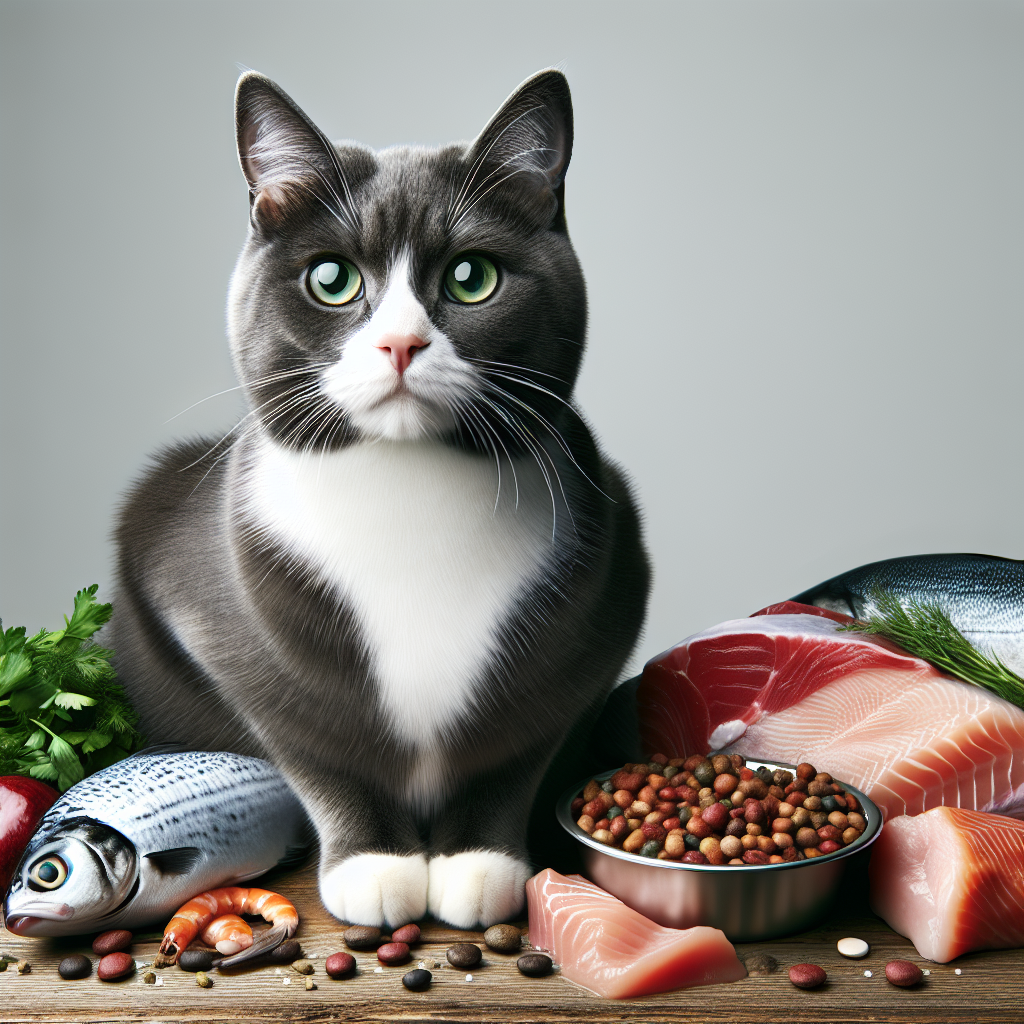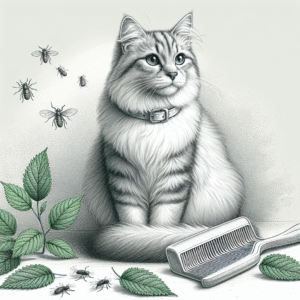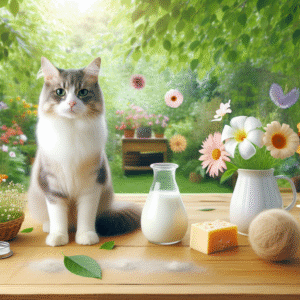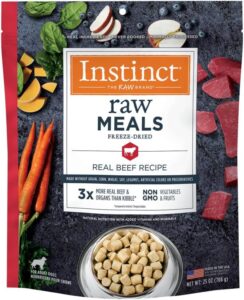
“`html
Introduction to Raw Diets for Cats
Cats are obligate carnivores, meaning their diet must be primarily composed of meat. This biological fact has led many cat owners to explore raw diets as a way to provide nutrition that closely mimics what felines would naturally consume in the wild. An optimal raw diet can transform your cat’s health, offering numerous benefits that processed foods may not. In this article, we will delve into the intricacies of raw diets, discussing their benefits, potential risks, and how to implement them safely and effectively.
Understanding the Nutritional Needs of Cats
Before transitioning your cat to a raw diet, it is essential to understand their specific nutritional requirements. Cats need a high-protein diet with moderate fat and minimal carbohydrates. Essential nutrients include:
– **Taurine**: An amino acid crucial for heart and eye health.
– **Arginine**: Necessary for the removal of ammonia from the body.
– **Arachidonic Acid**: An omega-6 fatty acid important for skin and coat health.
– **Vitamin A**: Cats cannot convert beta-carotene to vitamin A, so they require it directly from animal sources.
– **Vitamin D**: Also needs to come from animal sources, as cats cannot synthesize it from sunlight.
Benefits of a Raw Diet
1. **Improved Digestion**: Many cats experience better digestion on raw diets due to the natural enzymes found in raw foods. This can lead to smaller, less odorous stools.
2. **Enhanced Hydration**: Raw diets have a higher moisture content compared to dry kibble, which can help maintain kidney health and reduce the risk of urinary tract issues.
3. **Healthier Skin and Coat**: The high-quality proteins and essential fatty acids in raw diets contribute to improved skin and coat health, often resulting in a shinier, softer fur.
4. **Increased Energy Levels**: Many cat owners report that their cats exhibit higher energy levels and more playful behavior after switching to a raw diet.
5. **Weight Management**: A raw diet can help maintain a healthy weight, as it is typically more satisfying and nutrient-dense, potentially reducing overeating.
Potential Risks and Considerations
Though raw diets offer many benefits, there are potential risks that cat owners should be aware of:
– **Bacterial Contamination**: Raw meats can harbor harmful bacteria such as Salmonella or E. coli. It is crucial to handle raw foods with care and ensure they are sourced from reputable suppliers.
– **Nutritional Imbalance**: Homemade raw diets can sometimes lack essential nutrients if not properly formulated. Consulting with a veterinarian or pet nutritionist is recommended to ensure a balanced diet.
– **Choking Hazards**: Raw meaty bones can pose a choking risk. Always supervise your cat while they are eating and ensure that bones are appropriately sized.
Components of an Optimal Raw Diet
An optimal raw diet for cats typically includes:
– **Muscle Meat**: The main component, providing essential proteins and amino acids.
– **Organ Meat**: Such as liver and kidney, providing vital vitamins and minerals.
– **Raw Meaty Bones**: Supply calcium and phosphorus, which are crucial for bone health.
– **Supplements**: Depending on the diet plan, additional supplements like taurine, fish oil, or vitamin E may be required to meet nutritional needs.
Transitioning Your Cat to a Raw Diet
Transitioning your cat to a raw diet should be done gradually to avoid digestive upset. Follow these steps for a smooth transition:
1. **Consult Your Veterinarian**: Discuss your plans with a veterinarian to ensure a raw diet is suitable for your cat’s specific health needs.
2. **Start Slow**: Begin by mixing small amounts of raw food with your cat’s current diet, gradually increasing the raw portion over 7-10 days.
3. **Monitor Health and Behavior**: Keep an eye on your cat’s stool consistency, energy levels, and coat condition throughout the transition.
4. **Adjust as Needed**: If your cat shows signs of digestive distress, slow down the transition or consult with your veterinarian.
Commercial Raw Diets vs. Homemade Raw Diets
When choosing a raw diet for your cat, you can opt for commercial raw diets or prepare homemade meals:
– **Commercial Raw Diets**: These are pre-prepared and formulated to meet the nutritional needs of cats. They offer convenience and consistency but may be more expensive than homemade options.
– **Homemade Raw Diets**: Allow for customization and control over ingredient quality. However, they require careful planning and knowledge to ensure nutritional balance.
Conclusion: Transforming Your Cat’s Health with an Optimal Raw Diet
An optimal raw diet can significantly enhance your cat’s health, providing them with the nutrition they need to thrive. By understanding your cat’s dietary requirements, recognizing the benefits and risks, and carefully planning their meals, you can successfully transition to a raw diet that supports their well-being. Whether you choose a commercial or homemade approach, the key is to ensure that your cat’s nutritional needs are met, promoting a longer, healthier, and more vibrant life for your feline companion.
“`
#ChatGPT assisted in the creation of this article.








